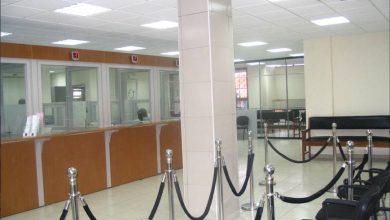Cama making sense on Escom tariff hike proposal
Finally, the Malawi Energy Regulatory Authority (Mera) and the Electricity Supply Corporation of Malawi (Escom) last week kicked off their “road shows” disguised as “public hearings” to offer stakeholders an opportunity to give input into Escom’s proposal to raise electricity tariffs.
Escom has applied for an average increase of K18.34 per unit of electricity to be implemented between January 2014 and December 2017. If approved, the 58 percent proposed tariff increase will push the cost of electricity from K31.54 to K49.88 per unit.
I have always been skeptical about Escom’s justification to raise electricity tariffs. Everytime Escom seeks to increase the tariff it has given, as a reason, the need for extensive capitalisation and investment on its power generation, transmission and distribution.
During the first Mera public hearing in Lilongwe, outspoken Consumers Association of Malawi (Cama) executive director John Kapito argued that Escom cannot be recapitalised overnight.
Four years ago, Escom sought another tariff hike on the basis that it would make investments in generation, transmission and distribution to provide reliable power to Malawians.
However, four years on and still counting, reliable power supply remains a pipedream for the paltry 10 percent of Malawi’s current population of 15.3 million (based on scientific projections of the 2008 Population and Housing Census which took into account issues such as fertility rate). To many a Malawian consumer, half the time they live without power, yet at the end of every month they get astronomical electricity bills for such a poor service.
In fact, in 2009 Malawi had 63 days of power outages in a year, accounting for the worst reliability record of the 24 sub-Saharan Africa countries sampled, according to a report by the Millennium Challenge Account (MCA) Malawi Office. This lack of reliable power source deters investments in the manufacturing and mining sectors besides lowering social returns in general.
In its submission, Cama described as baseless, Escom’s claims that the basic tariff increase will achieve a cost-reflective tariff because the raise will be gradual.
Naturally, as expected, Escom through its board chairperson Morgan Tembo defended the proposal, saying it will be implemented gradually. He said Escom needs something to work effectively and efficiently.
My foot! In my view, Escom’s operations cannot be compromised if the tariff hike is not approved. What Escom needs is to set its priorities right and operate efficiently.
What is efficiency? Is it not the ability to do something well or deliver with no waste of time or money? Or, put otherwise, does efficiency not mean achieving desirable results using minimal or available resources? From these definitions, one does not need more money to be efficient.
Instead of passing its inefficiencies to consumers through tariff hikes, Escom can raise some “loose funds” from within its operations by, among others, reducing its appetite for a “lavish” lifestyle as well as checking on political interference where, for example, the corporation has assigned its vehicles to political rallies of parties in government on the bill of consumers while hiring vehicles for its operations from expensive car hire firms.
I feel Cama has a point in stating that in the aftermath of previous tariff hikes, Escom has failed to demonstrate that tariff hikes can improve generation, transmission and distribution services as, if anything, its service delivery has continued to dwindle from bad to worse.
Meanwhile, the country is still moving, at a snail’s pace, “towards power all day, everyday” as many others wait for years on end to get connected to the national grid.
It is my humble submission that Escom’s tariff hike proposal should be rejected. But knowing the big brother Escom is to Mera, the current hearings will only be talking shops for consumers as, at the end of the day, Escom will get what it wants while consumers dig deeper into their pockets to pay for inefficient service delivery.



